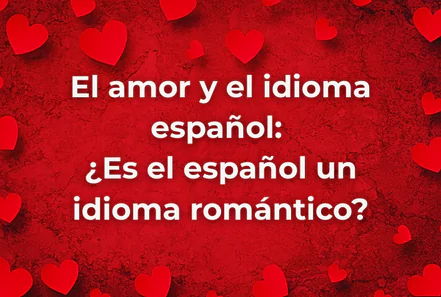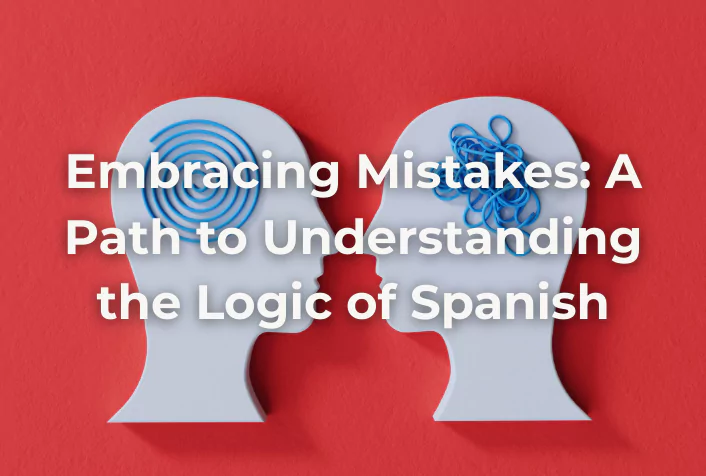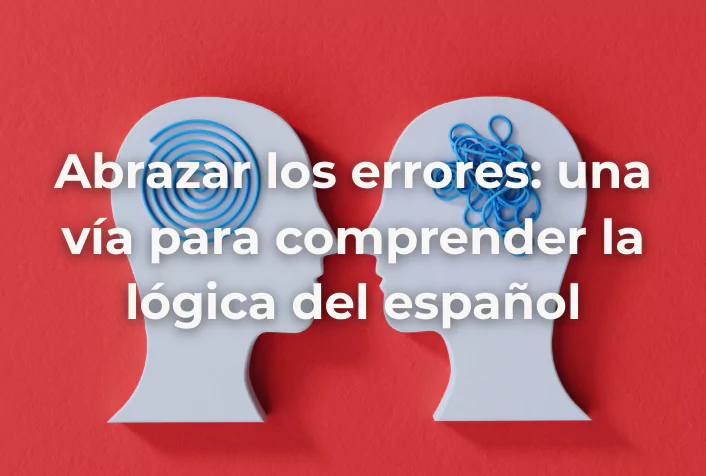El amor y el idioma español: ¿Es el español un idioma romántico?




Descubre cómo este juego tradicional mexicano combina arte, idioma y tradición. Aprende nuevo vocabulario, practica conversación y sumérgete en la riqueza cultural de México a través de su pasatiempo más colorido.

Discover how this traditional Mexican board game blends art, language, and heritage. Learn new vocabulary, practice conversation, and explore Mexico’s rich culture through its most colorful pastime.

Mistakes aren’t roadblocks—they’re revelations. This post explores how common errors in Spanish, like misusing expressions for hunger or age, can uncover the language’s unique logic. By embracing these moments of confusion, learners gain deeper insight into grammar, culture, and mindset. Discover how each slip is actually a step forward on the path to fluency.

Los errores no son obstáculos, sino revelaciones. Esta publicación explora cómo los errores comunes en español—como usar mal expresiones relacionadas con el hambre o la edad—pueden revelar la lógica única del idioma. Al abrazar estos momentos de confusión, los estudiantes adquieren una comprensión más profunda de la gramática, la cultura y la forma de pensar. Descubre cómo cada tropiezo es, en realidad, un paso adelante en el camino hacia la fluidez.